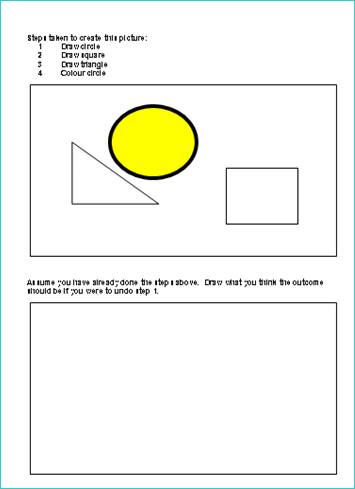Week 3 - Who are the users
As preparation for this activity, students were asked to consider advantages and disadvantages ready for discussion during the session. Their suggestions were entered into a Word document and a number of the points were discussed in more depth.
Advantages and disadvantages of user involvement when developing a prototype (some suggestions):
| Advantages | Disadvantages |
|---|---|
| Reduced chance of rejection | Time |
| Increased likelihood of acceptability | Lack of commitment |
| Increased understanding | Lack of awareness of requirements |
| They will be using it so may know the problems | Change their minds |
| What is wanted becomes clear | May not know what is needed |
| Know how operations should be carried out | User may exaggerate expectations |
| Brings user satisfaction | Financial outlay |
| Thorough testing | Superficial ideas |
| Good communication | Resistance to change |
| Early involvement saves time and money later | Unwilling to participate, but told to |
| Build on prior knowledge | Lack of confidence in helping |
| Match product to requirements (goals) | Supervisors may not wish them to be involved |
| It allows it to be designed to their needs | Continual loop of prototyping - constant change |
| Could end up with the required criteria clearly defined | May have very "strange" needs |
| Could save you time as they are involved from the beginning | Can be expensive getting feedback from the users (time and money) |
| Helps to clarify your interpretation of their needs | Could end up with too many required criteria |
| Will help with testing and feedback in order to possibly make changes | How will you know that the people you ask to be involved are representative of the actual users |
| Helps clarify individual or group needs | May not be aware of what is feasible / good |
Week 3 Activities
1 Focus on a user group:
- What are their general needs? What are their specific needs? What do researchers say about your group?
2 User involvement:
- Advantages and disadvantages - personal thoughts as well as results of research
3 Pets CD:
- Details on Blackboard
- Structure diagram / storyboards
- Team discussions - any changes?
4 The 'undo mechanism' activity and research:

5 Activity on Week 3 folder of Blackboard:
Question: How would you summarise the concept of "universal usability" and describe it to:
- A 10 year old
- Your parents
- Your partner
Activity: Different user groups have differing needs. Whilst not everyone in that group will "fit into the box", it is possible to assign characteristics to user groups so that they are able to successfully access the information you are providing. Explore the general characteristics for the following groups and explain in your Learning Journal what you might need to consider when designing a suitable interface. Also consider if these groups should be further sub-divided or re-configured and make a note your own suggestions and those of others in the group.
- Reception age children (4-6)
- Primary age children (7-11)
- Secondary age children (12-16)
- Older Teenagers
- Retired
- Novice users of computers
- Occasional users of computers
- Expert users of computers